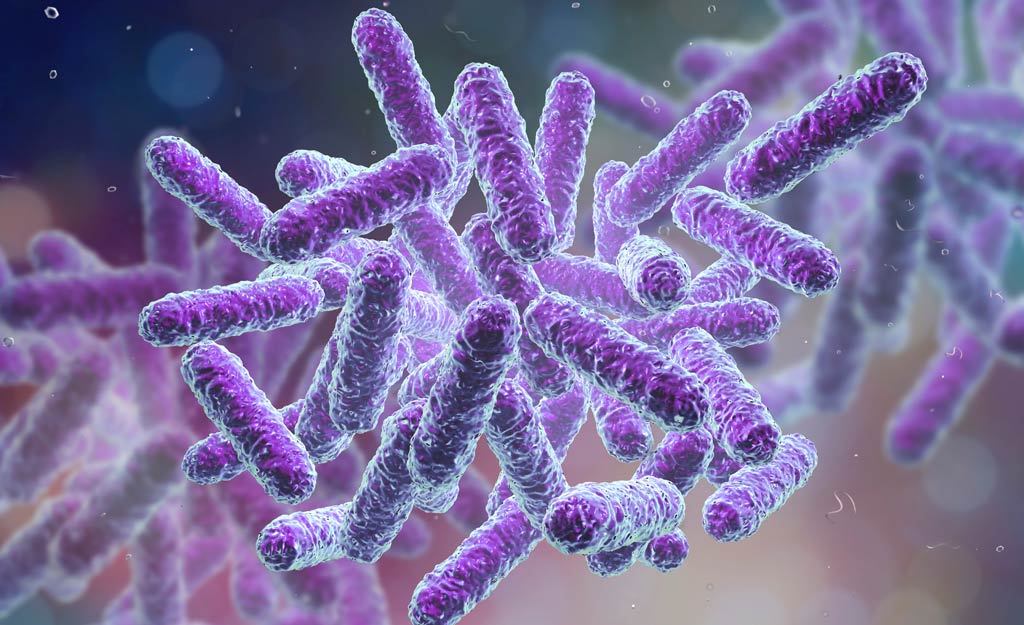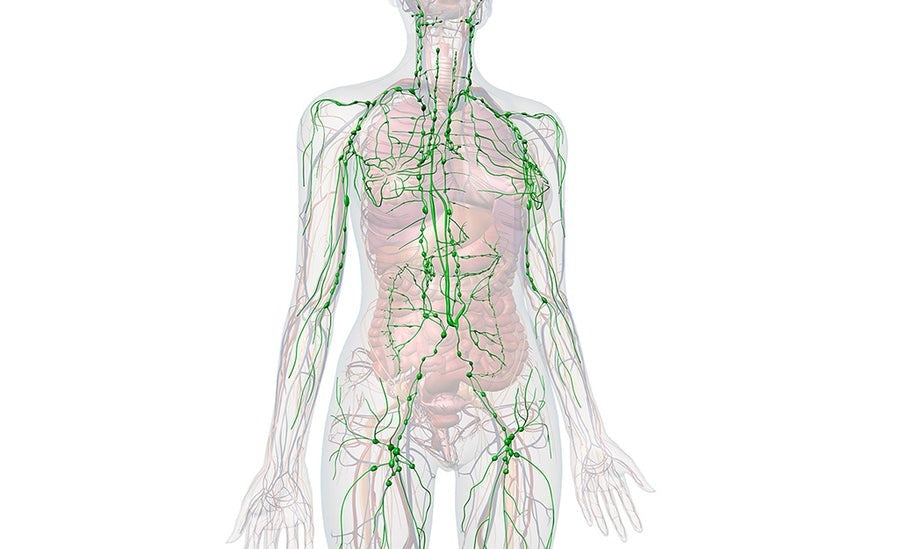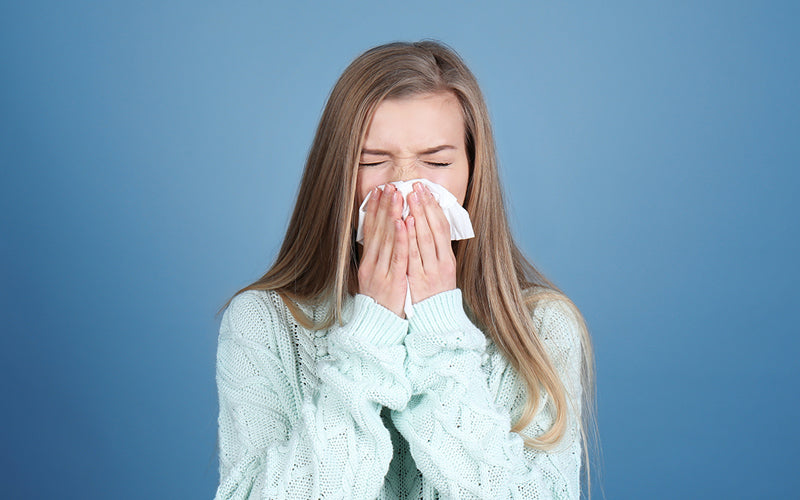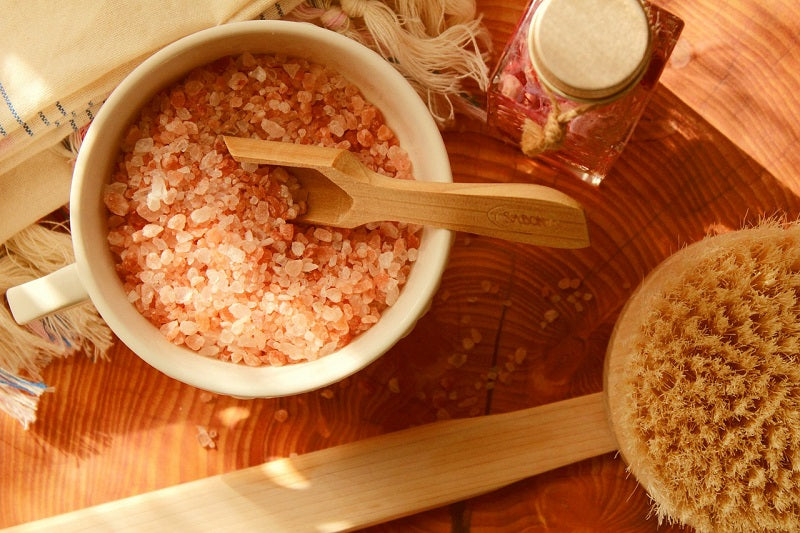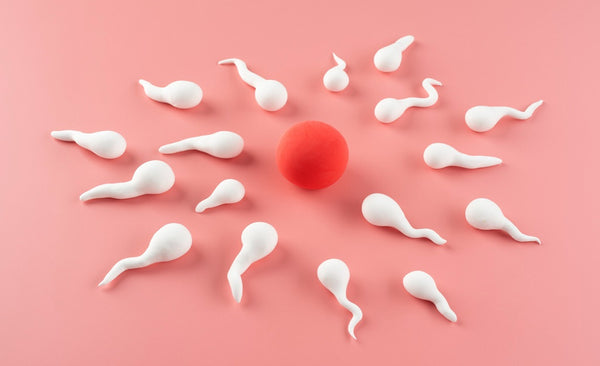Probiotics & Prebiotics
Know your gut
Like every surface of your body, the lining of your gut is covered with microscopic organisms, mostly bacteria. These organisms create a micro-ecosystem called the microbiome. The state of this microbiome affects your whole body, from your immunity to your mental state. As a result, what you feed your microbiome may have the biggest impact on its health. So the healthier it is, the healthier you are.
The key to a healthy microbiome is nourishing a perfect balance among the nearly 1,000 different species of bacteria in your gut. There are two ways to maintain this balance:
- Adding living microbes directly to your system (probiotics)
- Helping the microbes already there to grow by giving them the foods they like (prebiotics)
Probiotics
Probiotics are living microorganisms found in bacteria, yeast or fungi. When taken in larger doses, they are also present in other substances such as fermented foods and supplements. Probiotics are friendly bacteria essential for maintaining optimal health.
Happy Greens and Happy Turmeric both contain probiotics and offer many benefits.
In order for this good bacteria to survive and multiply, you need to feed them ‘prebiotic’ foods. Prebiotics are non-digestible food fibres that enable good bacteria to flourish well and reproduce.
Prebiotics
Prebiotics are specialized plant fibres. They act like fertilizers that stimulate the growth of healthy bacteria in the gut.
Prebiotics are found in many fruits and vegetables, especially those that contain complex carbohydrates such as fibre and resistant starch. These carbs aren't digestible by your body, so they pass through the digestive system to become food for the bacteria and other microbes.
Prebiotics are best known as a type of dietary fibre called oligosaccharides. When researchers refer to ‘fibre’ nowadays, they’re speaking about not just one substance but a whole group of different chemical compounds found in foods. These include fructo-oligosaccharides, other oligosaccharides (prebiotics), inulin and polysaccharides.

Microbe facts
- The average human brain weighs approximately 3 pounds. According to well-known naturopath Dr Casey Adams Ph.D., more than 3.5 pounds of probiotic bacteria and organisms are found in a healthy human body. Considering the fact that our heart weighs only 0.7 pounds, and the liver about 4 pounds, our probiotic bacteria is just like one of the largest organs in our body!
- In a healthy person, there are more than 100-300 trillion probiotic bacteria and yeast, compared to only 10 trillion cells in our body. If the bacteria in our body were laid end to end, they would encircle the globe 2.5 times. Wow! So how incredibly important is it to have a healthy gut? Extremely important, I believe!
- According to research, probiotics play a role in 70-80% of our immune response. Probiotics stimulate everything from T-cells to macrophages. Probiotics also activate cytokines and phagocytic cells to coordinate the immune response. And there are well over 400 probiotic strains we know of in our bodies. Some of these probiotics are permanent residents while others are transient. Interestingly, only 20 strains account for 75% of the mass of bacteria that live in our bodies. Numerous scientists also argue that the combined DNA of our probiotic residents is more important to our survival than our own DNA. Amazing little microbes!
- When babies are delivered via vaginal birth, they get their first dose of probiotics. In fact, 60% of vaginal births will give infants their first probiotic inoculation of Bifidus Infantis. According to studies, however, only 1% of caesarean section births will give infants this B. Infantis inoculation. After getting a dose of probiotics from a vaginal birth, consumption of breast milk also gives additional probiotic inoculation. In fact, a mother’s colostrum has up to 40% probiotic content. So vaginal births, when possible, are important. See the link between C-sections and increasing spectrum disorders???
Improve your gut health
Probiotics must be fed by prebiotics to be kept alive. They are sensitive to temperatures and irregular tummy gastric acids. Prebiotics, on the other hand, are like fertilizer for probiotics. Time and temperature (such as heat and cold) do not affect prebiotics.
Below are a couple of tips on how you can increase your levels of these friendly bacteria for optimal gut health:
-
Add probiotics. Have a diet with a variety of probiotic-rich foods such as yoghurt, kefir, miso, tempeh, sauerkraut, and other fermented vegetables.
- On a regular basis, have prebiotic-rich foods such as bananas, leeks, onions, Jerusalem artichokes, whole oats, wheat, barley, garlic, flaxseed, white legumes, tomatoes, and green leafy vegetables.
Supplementing your gut bacteria can greatly improve your overall health and wellness. You can reap a wealth of benefits from both probiotics and prebiotics.
REFERENCES
Carlson JL, Erickson JM, Lloyd BB, Slavin JL. Health Effects and Sources of Prebiotic Dietary Fiber. Current Developments in Nutrition. 2018 Mar; 2(3): nzy005.
https://www.ncbi.nlm.nih.gov/pmc/articles/PMC6041804/
Davari et al. Prebiotics: Definition, Types, Sources, Mechanisms, and Clinical Applications. Foods. 2019 Mar; 8(3): 92.
https://www.ncbi.nlm.nih.gov/pmc/articles/PMC6463098/
